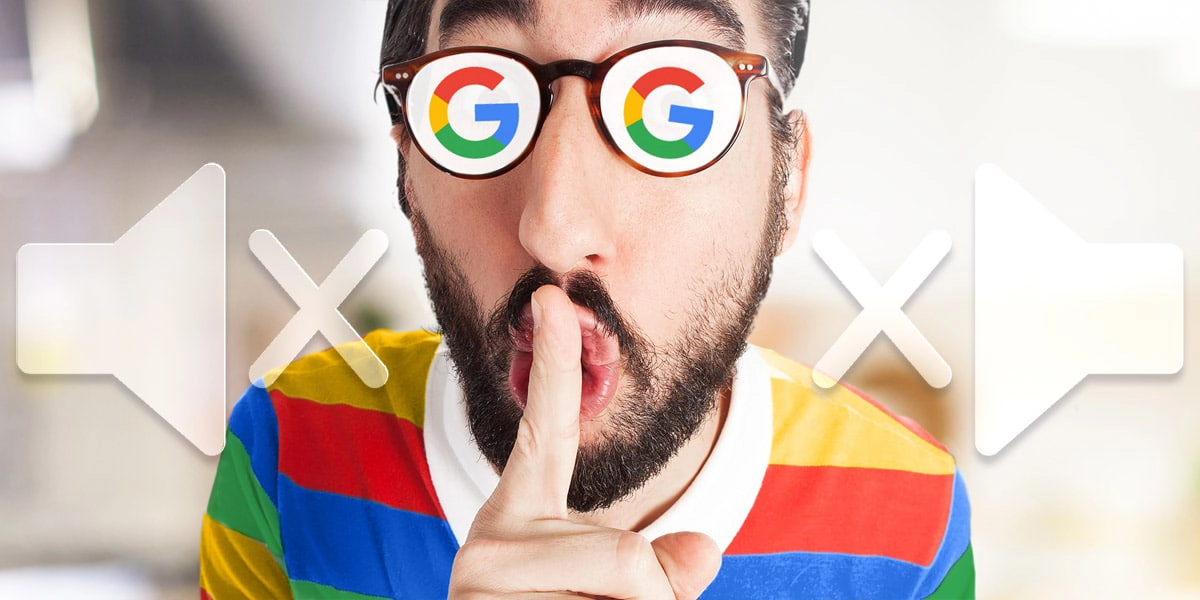Almost everyone has had the experience of browsing an online store, lingering for a moment or two over an item that was kind of appealing, and moving on without making a purchase, only to have ads for that appealing item show up time and time again – even when you’re not shopping at all, but are instead using the web for work or to read the news or do your banking. These ads are called targeted ads, and they’re a staple in the digital marketing toolbox.
Targeted ads work, and they work well, with a conversion rate that’s nearly double that of display ads that are deployed on a more general basis. There’s only two problems with targeted ads: many shoppers find them creepy, creating an impression that a brand is following them around the internet, and they are far, far too numerous.
[Tweet “Google allows users to mute ads they don’t like across all devices…”]
Google introduced its “Mute This Ad” feature in 2012 – long before targeted ads were used as much as they are today. This month, Google announced a significant upgrade to “Mute This Ad”, allowing users to mute ads they don’t like across all devices with a single click.
With this change, “Mute This Ad” will work inside apps, as well as on any website that uses DoubleClick. The change is also expected to impact other Google products, such as YouTube.
Once an ad is blocked, all hope is not lost. Users who revisit the website responsible for the ad within a 90 day period may be served the ad again. However, users who are logged into their Google accounts when they mute the ads can make the silencing permanent.
At this point, brands are going to have to make decisions about the relative value of their targeted ad campaigns. The only way to do this in a sensible fashion is to pay attention to your data. Review your traffic sources and make sure you understand how well your targeted ads were performing prior to this change, and then revisit this data on a regular basis. If performance falls below an acceptable level, redirecting the funds you’ve committed to targeted advertising to another channel makes sense.




